by Joshua Thomas
If your metallic tools happen to sit around a moist area, it is inevitable that rust will form on the surface. If not checked for a long time, your tools may be corroded too much until they weaken and become unusable.
However, if you have just spotted the brownish layer beginning to form, then it is better to take action immediately so as to restore your equipment. That said, there are several methods that you can use to remove rust and these include:
Contents
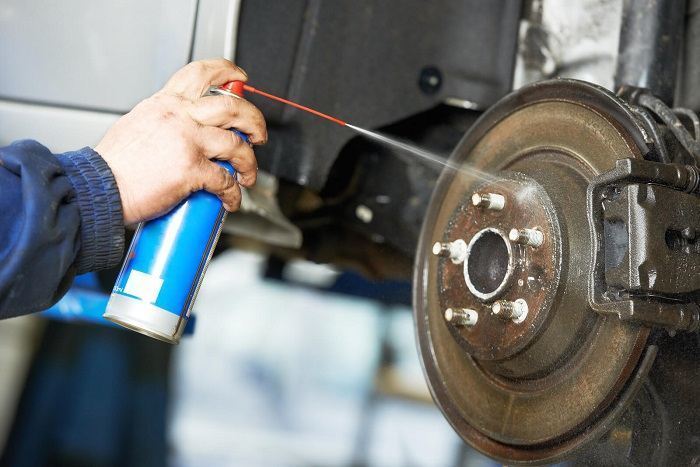
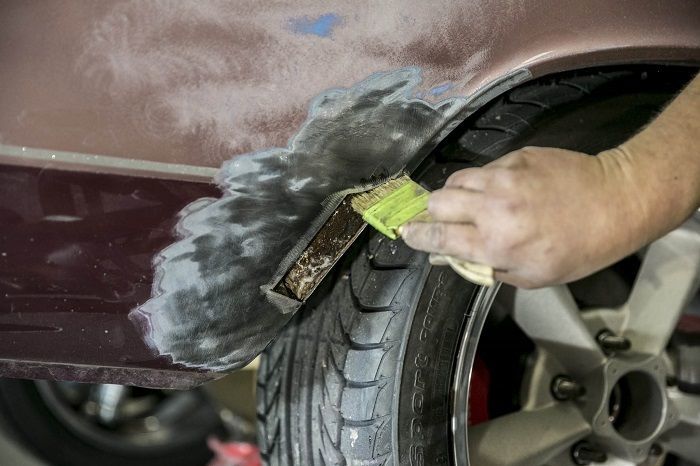
In actual sense,
It is an easier method to take care of the rust and can be applied via brush or roller. However, it does not eliminate the brown rust color from the surface and therefore, you should expect a rustic look on your tools.
On the bright side, this converter also acts as a primer for paint, which means you can cover the brown color in shiny chrome or any other kind of paint that will renew the look of your tools.

A more effective approach to removing rust is to use a chemical solution such as HDX (Hydrogen-deuterium exchange) or even a less concentrated acid. Though they may take longer to work, such chemicals get rid of the brown rust layer, leaving the original metal shine below.
You can soak the tool inside this solution or apply it via a brush but make sure you have protective gear such as gloves and a respirator on because such chemicals can cause skin irritation and their fumes are very harmful when inhaled.
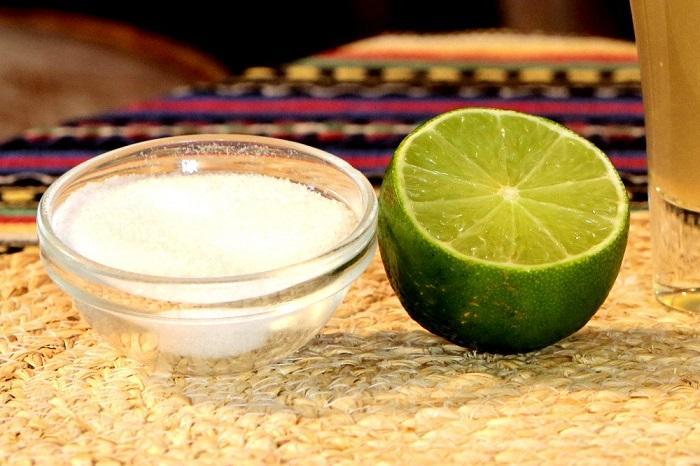
Even though citric acid can be considered as a store-bought chemical solution, it does border more towards the organic side because it is mostly found in lemons.
However, this should not make you think that it is weak. Citric acid is actually very strong and is ideal for eliminating light rust.
For effective results though, you should use the acid with salt. Simply sprinkle salt over the rusted surface then pour some lime or lemon juice and let it sit for some time. Afterward, scrub the rust off the metal until you get a silver metal shine.
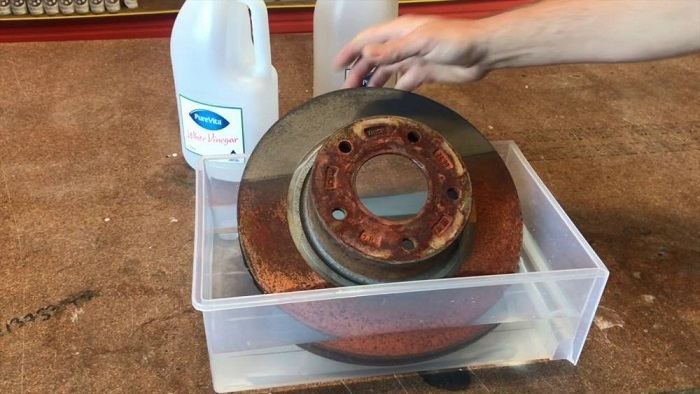
White vinegar is one of the best natural cleaners that you can use to eliminate rust. This is because it contains acetic acid, which is also very effective and compares to citric acid in performance.
All you have to do is submerge your tools in vinegar for about 24 hours, then scrub them using an abrasive brush or steel wool.
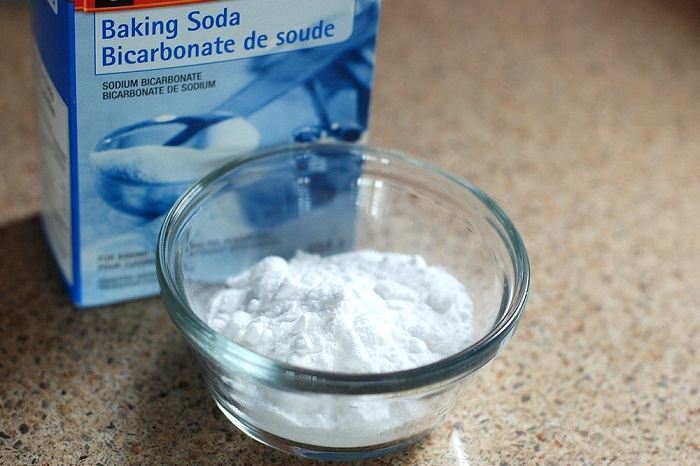
Another DIY method you can use is applying baking powder to the rusted metal but this requires you to first create a paste using the powder and water.
Spread this paste over your tools then let it sit for some time. Finish by scrubbing off the tool so as to get rid of the loosened rust layer.
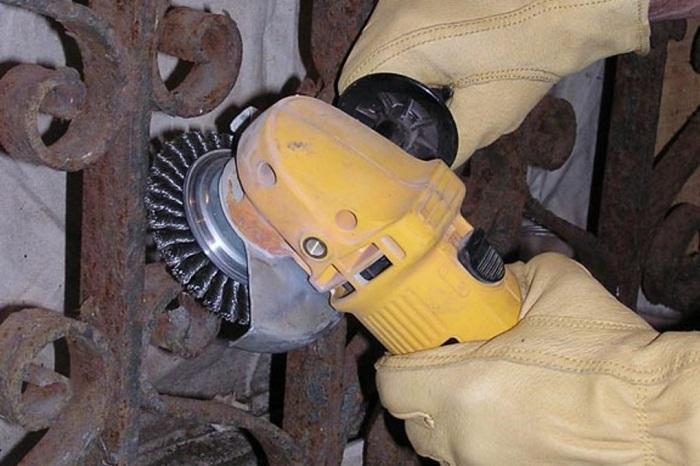
Lastly, you can decide to go old school and tackle the rust manually by using nothing else other than an abrasive brush, electric sander or steel wool. Though this may be very tiring, it is a chemical-free solution that is very environmentally friendly.
It is recommended to finish this off using fine grain sandpaper so as to remove the small subtle marks that are left behind after scraping.
Apart from using a rust converter solution, the rest of these rust removal methods leave the metal surface exposed and therefore, rust may reoccur if proper care in storage is not given.
This means you should avoid keeping your tools in moist conditions after use. Ensure that your toolbox or bag is well ventilated and is placed above the ground on a cool and dry spot inside your garage.
 |
 |
 |
 |

About Joshua Thomas
Joshua Thomas just simply loves cars and willing to work on them whenever there's chance... sometimes for free.
He started CarCareTotal back in 2017 from the advices of total strangers who witnessed his amazing skills in car repairs here and there.
His goal with this creation is to help car owners better learn how to maintain and repair their cars; as such, the site would cover alot of areas: troubleshooting, product recommendations, tips & tricks.
Joshua received Bachelor of Science in Mechanical Engineering at San Diego State University.